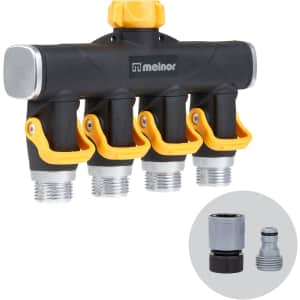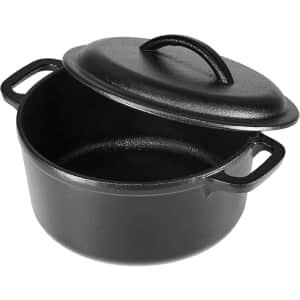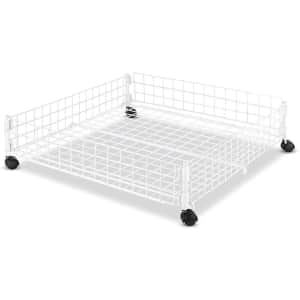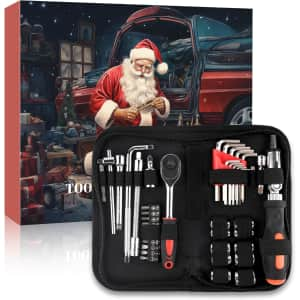
The time of season has passed but these tools should be handy all year round. Plus, it's down to a 1/5 of its original price. Buy Now at Amazon
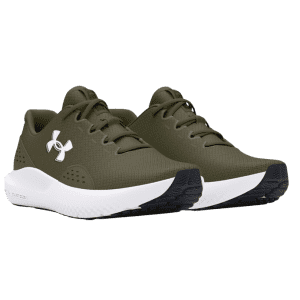
Today at Under Armour, you can use two stacking promo codes to cut the price of men's shoes down to best-ever prices. The coupon "CHEATCODE" takes an extra 50% off and the code "EXTRA20" takes another $20, which puts slides as low as $8 and running shoes down to just $24. They'll all ship for free at the moment, too. Buy Now at Under Armour

Via the app, you can get a free small, medium, or large hot or iced coffee with promo code "PRODUNKTIVITY". You can find this under the "offers" section. You'll need to be a Rewards member to redeem it but it's free to sign up. Shop Now at Dunkin Donuts Shop

A Prime membership benefit, get a year of 24/7 online visits for just $69. Buy Now at Amazon
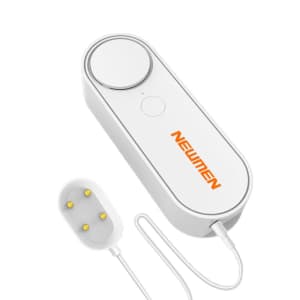
Apply coupon code "NEWMEN111226" for a savings of $125. Buy Now at newmen.tech
- 90DB alarm
- app alerts
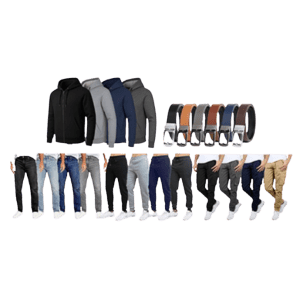
Woot takes up to 74% off lots of men's apparel bundles in this clothing sale in which prices start at $11. The best deal listed is on a French Terry Joggers 4-Pack, which cost just $26 (a big drop from $100). You can also get 3-packs of hoodies for as little as $24 and 5-packs of polo golf shirts for $30. They all cost $50 or less. Buy Now at Woot! An Amazon Company
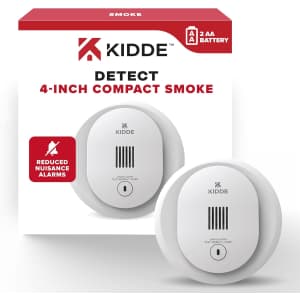
Save $6 off list price. Buy Now at Amazon
- 85-decibel alarm
- red LED light
- operates on 2-AA alkaline batteries (included)
- test & hush button
- Model: 10SDR

Woot has dropped prices on a mixed bag of household, health, and everyday essentials in this Odds & Ends sale, with deals starting at $2. The sale is live for just one day only and discounts go as high as 90%. Prime members get free shipping on all orders. Buy Now at Woot! An Amazon Company
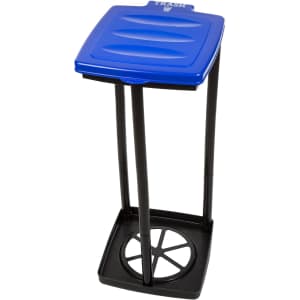
You'd pay $6 more elsewhere. Buy Now at Amazon

DigitalKeysBox has Microsoft Office Standard 2024 for Mac (Lifetime License, 1 Device) on sale for $14 with promo code "XMASAPPLE" (regular price $39.99). Buy Now at Digitalkeysbox
- Includes Word, Excel, PowerPoint, Outlook, and OneNote 2024.
- Lifetime license — no subscription required.
- Instant digital delivery.
- Compatible with Intel and Apple Silicon Macs.

Newegg's latest "Spotlight: PCs & Monitors" sale is stacked with monitor discounts across pretty much every tier, from cheap office upgrades to esports-ready panels. Prices dip as low as around $65–$95 for 22" to 24" budget screens, while 27" QHD gaming monitors with 170Hz–180Hz refresh rates are landing in the $140–$180 range. On the premium side, the sale highlights a wave of OLED and QD-OLED options—think 27-inch 1440p 240Hz/360Hz models and 32" 4K 240Hz displays—plus a handful of ultrawides and curved picks. Buy Now at Newegg

At over half off, it's the best price we could find. Buy Now at Newegg
- AMD Ryzen 5 5500 3.6GHz 6-core CPU
- 16GB RAM, 1TB SSD
- Windows 11

Get this price with promo code "ACSE458". You'd pay twice that elsewhere. Buy Now at Newegg
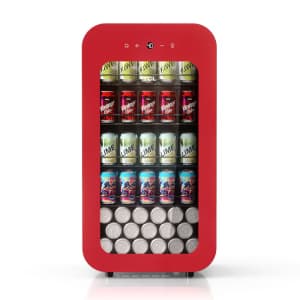
That's $279 off and the lowestp rice we could find. Buy Now at Lowe's
- Glass Touch Controls on the door with LED display
- temperature settings ranging from 37 - 59°
- Elegant hidden handle surrounds the glass door and can be accessed from any angle
- Compact design measures 17.7” Wide x 15.7” Deep x 23” High and can fit under most cabinets, desks and tables.
- Model: BC94L2

You'd have to pay at least $7 to snag this mind-bending puzzle platformer, full of optical illusions, anywhere else today. Shop Now at Epic Games Store


That's a $30 savings compared to the list price on this protective case with added camera control compatibility and MagSafe alignment for easy wireless charging. It's also the best price it's ever been on Amazon. Buy Now at Amazon
- Built-in MagSafe magnets
- Microfiber lining interior
- Shock absorption design
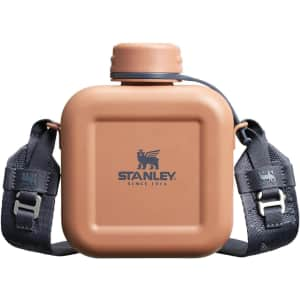

Woot offers the Shepatio 3D Metal Wasp Model Puzzle for $41.99 (reduced from $59.99) with free shipping for Prime members. Buy Now at Woot! An Amazon Company
- 314-piece glue-free metal wasp puzzle
- 5–8 hour build time
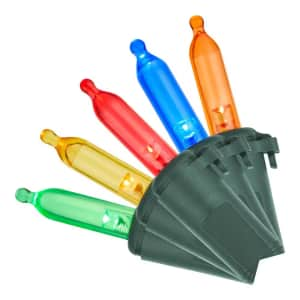
You'd pay $6 elsewhere. Spend $35 for free shipping, or opt for store pickup to avoid the $5.99 shipping fee. Buy Now at Home Depot

Save up $350 on a selection of Dell desktops that come packed with 32GB of RAM. It's a good time to save on these builds as RAM prices are predicted to continue to rise. Everything here ships for free, too.
Buy Now at Dell Technologies
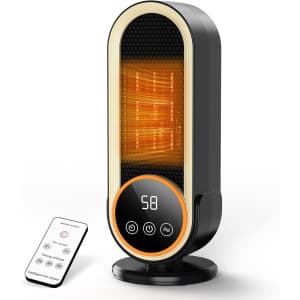
Apply coupon code "PS4D94DD" for a savings of $38. Buy Now at Amazon
- 1200W PTC ceramic heating
- Two heat settings and timer
- Remote and digital control
- Overheat and tilt protection
- Compact 4.6 x 4.6 x 12.8 inch size

That's over half off, $1 under our mention from last week, and the best price we've seen.
Buy Now at Amazon
- Cordless design with Type-C charging
- LED battery display
- 8 cleaning brush heads
- 220 RPM motor speed
- IPX7 waterproof rating
- Model: G9 Nano
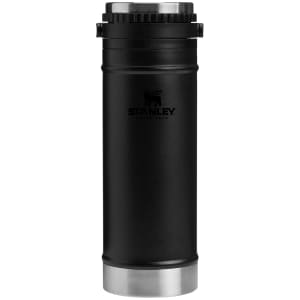

That's a savings of $88. In several colors (Blue pictured). Buy Now at Woot! An Amazon Company
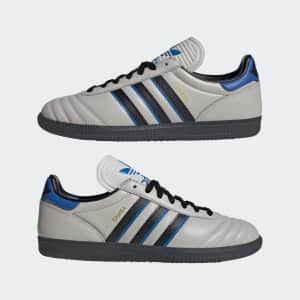
That's at least $30 less than you'd pay anywhere else. They're available in a few colors at this price (Grey One / Core Black / Carbon pictured).
adidas adiClub members get free shipping. (It's free to join.) Buy Now at adidas

Woot offers the Bissell CrossWave X7 Cordless Pet Pro Wet/Dry Vac for $179.99 (reduced from $499.99) with free shipping for Prime members. Buy Now at Woot! An Amazon Company
- multi-surface cleaner
- up to 30 minutes of cordless run time
- LED headlights
- weighs just 10.5-lbs.
- Model: 3279

That's a savings of $2, though most vendors charge at least $35 (if not more around $50) for this handheld device. Of note, this purchase will also garner $3.82 in import and payment processing fees.
New Alibaba customers get free shipping; otherwise, it starts at around $11. Buy Now at Alibaba
- 3.5" color display
- 640x480 screen resolution
- 3,500mAh battery
- 10,000+ built-in games
- WiFi communication
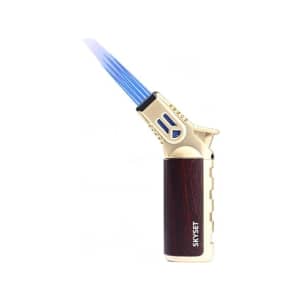
Save 30% off the list price. Buy Now at Woot! An Amazon Company
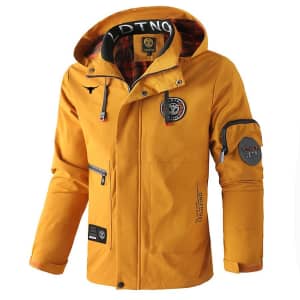
Apply coupon code "USF19" for a savings of $102. Buy Now at Usportsjournal
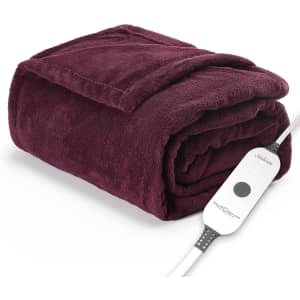
That's a $16 savings, available only in this Cabernet colorway at this price. (Other colors start at a few bucks more.) Buy Now at Amazon
- 4 heat settings
- push-button controller with LED indicator lights
- 4-hour auto shut-off
- overheat protection

That's $50 off and ties the lowest price we've ever seen. Buy Now at Amazon
- 360° pan and 70° tilt
- High clarity 2K resolution
- Solar power with removable panel
- AI tracking for motion detection
- No monthly fees with local storage
- Model: T8171
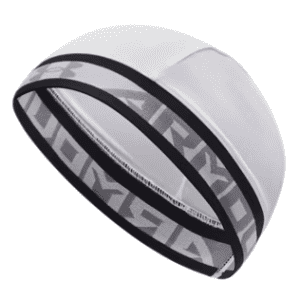
Stack the promo codes "CHEATCODE" and "EXTRA20" to get the best price we could find by $8. The same coupon codes give free shipping, another $8 savings. Buy Now at Under Armour

It's $2 under its typical price and a fine way to kickstart the new year, new you trend. Buy Now at Amazon
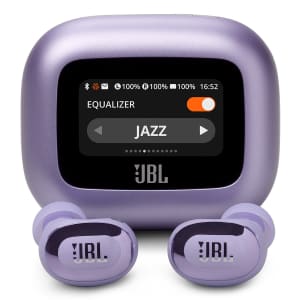
Save 40% on the JBL Live Buds 3 true wireless earbuds in exclusive blue and purple colorways. This limited-time deal delivers JBL's signature sound, active noise cancellation, and a comfortable, everyday design at a significant discount when using the exclusive DealNews coupon code "DNEWSBUDS" to get them for $137.97 (reduced from $229.95) with free shipping. Buy Now at World Wide Stereo
- Hi-res audio wireless with JBL signature sound
- Smart charging case for app-free control
- True adaptive noise cancelling with custom control
- 40 hours total playback plus wireless charging
- 6 mics for perfect calls you can customize yourself
- Multi-point connection
- Google finder and audio switch
- IP55 waterproof and dustproof
- Model: JBLLIVEBUDS3
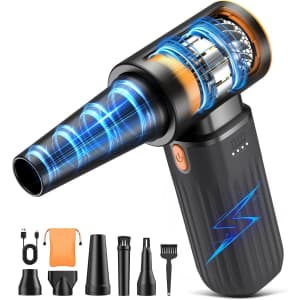
Apply coupon code "TAF88DFX" for a savings of $20. Buy Now at Amazon
- Three adjustable speed settings
- Powerful brushless motor
- Comes with three nozzles and a brush
- Compact, lightweight design
- Up to 150 minutes of use per charge

They are 63% off and part of lululemon's end of year specials. Plus, they ship for free. Buy Now at lululemon
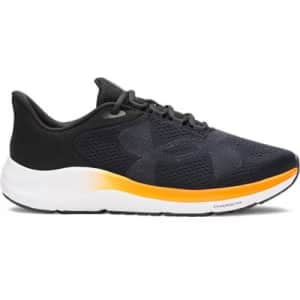
Use the stacking codes "CHEATCODE" and "EXTRA20" to tie the best price we've seen, and get free shipping (another $8 savings). They are in several colors at this price (Black/Team Orange pictured). Buy Now at Under Armour
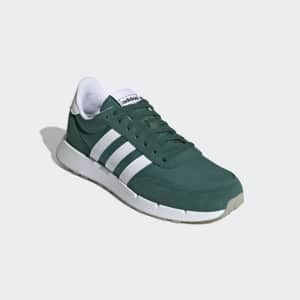
That's $33 less than you'd pay from adidas direct. They are in Collegiate Green or Crew Navy at this price. Buy Now at eBay
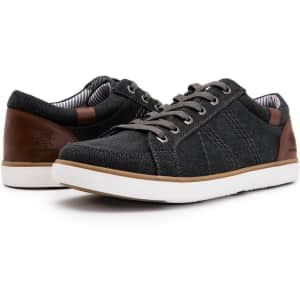
Apply coupon code "DMKUNYIT" for a savings of $12. Buy Now at Amazon
- Leather Upper
- Lace-up Design
- Cool and Breathable Comfort
- Smooth Faux Leather

At Woot, you can buy two of its weird and wonderful graphic T-shirts for just $16. They normally cost $15 each, so this is a great deal. The price will drop at final checkout. Prime members will get them shipped for free, too. Buy Now at Woot! An Amazon Company
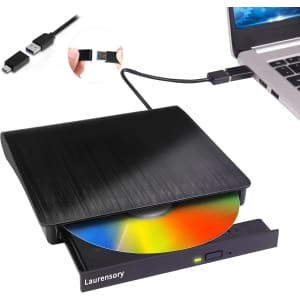
Apply coupon code "M3EKHADC" for a savings of $12. Buy Now at Amazon
- USB-C and USB-A connectivity
- Supports various disc types

That's a savings of $8. Spend $35 for free shipping, or opt for store pickup to avoid the $5.99 shipping fee. Buy Now at Home Depot
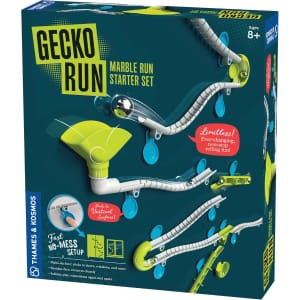
It's $21 off list and the lowest price it's ever been on Amazon on this innovative marble run set that encourages creative play and STEM learning with flexible, mess-free tracks. Buy Now at Amazon
- 63-piece marble run set
- Flexible tracks for vertical builds
- Uses nano-adhesive pads
- Includes 7 marbles
- Tracks made from renewable materials

Need a fast, accurate image background remover with no subscription? For a limited time, Aiarty Image Matting Lifetime License is 43% off, with an extra $5 coupon at checkout — the best price currently available for a one-time-purchase AI image matting tool. Aiarty Image Matting uses advanced AI to remove backgrounds quickly and precisely, even around tricky edges like hair, fur, and semi-transparent objects. It's ideal for product photos, portraits, e-commerce listings, marketing visuals, and creative projects, helping creators and online sellers save time without sacrificing quality. Grab this limited-time Christmas deal to streamline your background removal workflow. Shop Now at Aiarty Image Enhancer
- Lifetime license with full feature access plus lifetime updates.
- Install on up to 3 Windows or Mac computers.
- AI-powered background removal with high edge accuracy.
- Handle fine details like hair, fur, and semi-transparent objects.
- One-click processing with optional manual refinement.
- Replace backgrounds with transparent PNGs, solid colors, or custom images.
- Batch processing for large image collections.
- High-resolution export with original quality preserved.
- Offline processing for faster, more secure results.
How Much Can I Save on the Hottest Deals?
The average savings can vary wildly day by day, but we regularly see discounts of anywhere from 15% to 96% off. The biggest discounts usually pop up for holidays, such as these Early Prime Day Deals. Thanks to coupon codes giving extra discounts, we'll regularly see shoes and apparel from the biggest brands like Nike, adidas, and New Balance at over 50% off. If you're looking for tools or home improvement, we see deals from stores like Home Depot and Lowe's that take up to 70% off. Plus, if something's at its best-ever price, or close to it, or is just something we think is extra neat, you'll probably find it on our Staff Picks page.
How Often Are the Hottest Deals Updated?
Around the clock! An international team of highly-trained deal jockeys is constantly scouring Amazon, Walmart, Best Buy, Target, and any other store you care to name, seeking out the latest and greatest deals for you to peruse. From daily deals and doorbusters to niche finds and off-the-wall offers, our pages are always being updated with something new and interesting and discounted.

